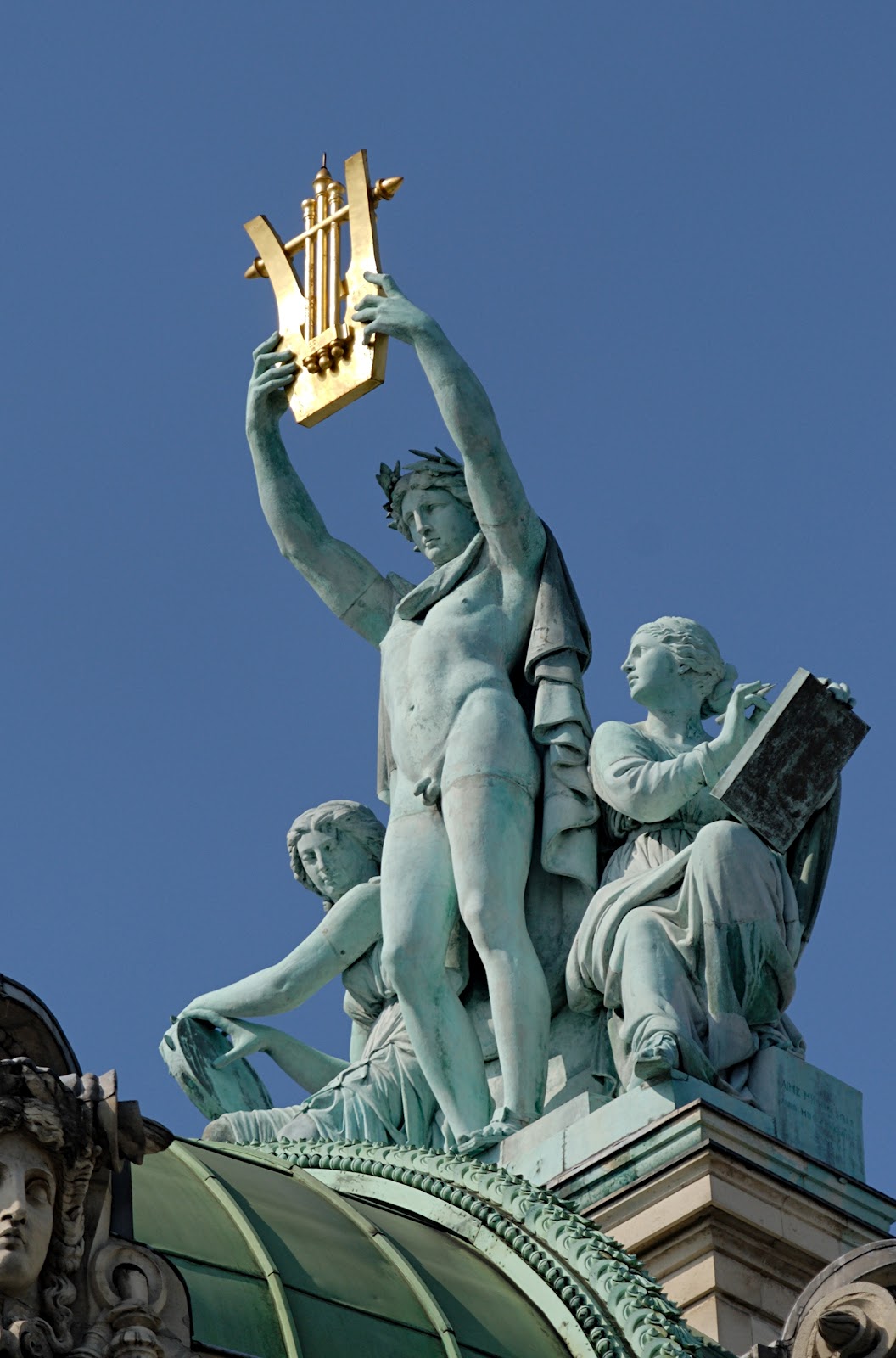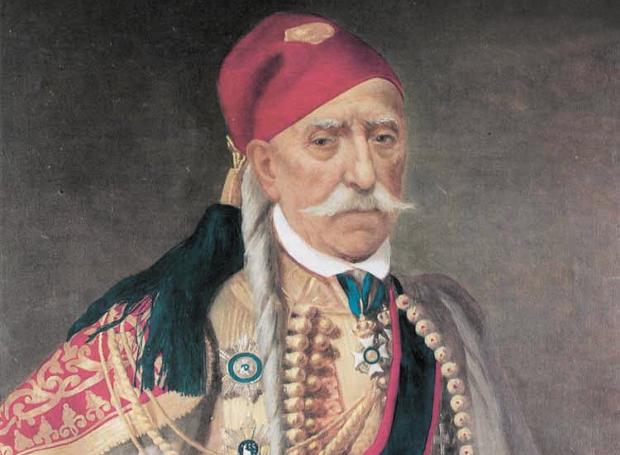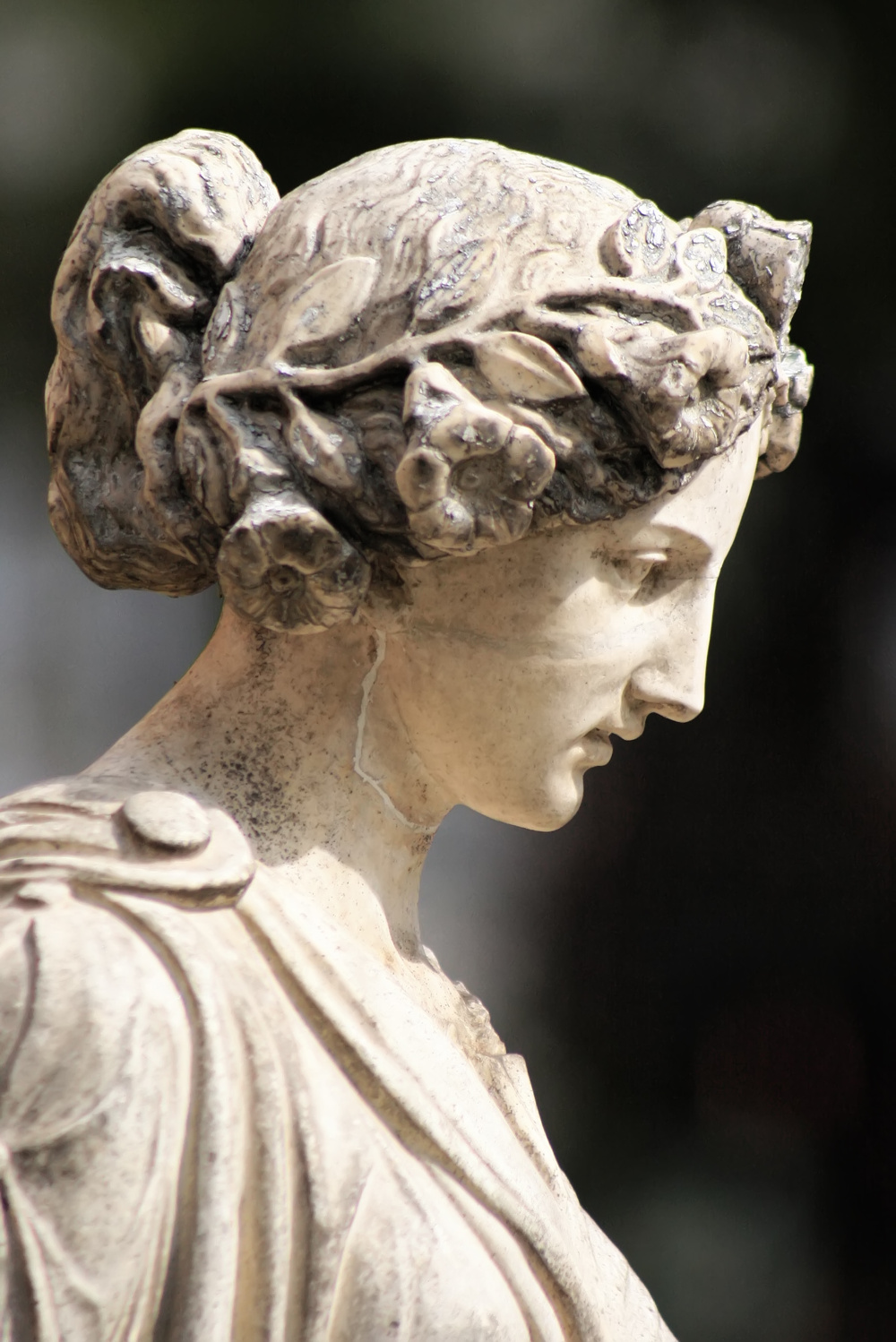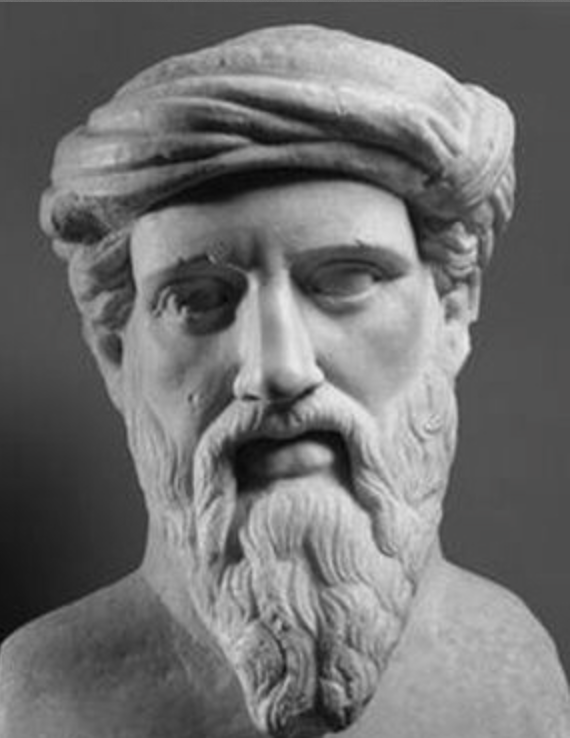Aren't there places in Sicily where neither Norman nor Lombard ancestry would be significant? I am thinking of inland Caltanissetta, as well as the northeast coastal areas.
Still relying on some supposed sample of someone from Caltanisetta? Who knows where that person's great-grandparents had their origin, or how representative that person is of everyone in their area. Anyone can claim any ancestry they choose on some internet site, if they even know it precisely. That isn't a scientific paper. Plus, haven't we learned how deceptive 23andme and gedmatch results can be?
Are you aware that in the last 1500 years Sicilians have been moving around their island and intermarrying to some degree? I don't know of any area in Sicily that is as isolated as the Deep Mani appears to be. Caltanisetta, to the best of my knowledge, is set in rolling hills. It borders areas with different migration histories. Its history is varied, like much of Sicily. Italics, a fort built by Carthaginians, Romans, Moors, then, "
The settlement was captured by the Normans in 1086." We then have the Hohenstaufens, Anjou, and a Spanish rule, the longest by far: In 1406 Caltanissetta became a fief of the noble Spanish family Moncada,[2] which already owned the estate of Paternò, and subsequently decayed deeply. "
https://en.wikipedia.org/wiki/Caltanissetta#cite_note-The_Regions_of_Italy-2
If a lot of importance is going to be given to all these various periods of foreign rule, maybe their particular mix of ancestry should be seen as the product of admixture with these Spaniards as well. I believe they were connected to Valencia, but my recollection may be faulty.
As for the northeast, it is one of the only areas in Sicily where the Moors basically did not enter. Throughout Moorish rule this area was allowed to govern itself, kept its Greek Christian faith, continued to speak Greek, etc. All that was demanded was some tribute. So, if someone were going to look for the most Greek like or most autochthonous Sicilians, I think this would be a good place to test. Since they're probably very similar to the Calabrians of Reggio Calabria, who kept Griko alive for a long time, and where you can still find Griko speakers today, I think that might be a fertile area for testing as well.
See: "The History of Muslim Sicily" by Leonard Chiaretti.
I wouldn't test in Messina, however, or draw any vast conclusions based on the dna of the people there about these kinds of details, as it was almost completely destroyed by an earthquake in the early 20th century (only the latest of these natural disasters) and repopulated by people from other areas of Sicily. I don't think anyone would be able at this point to pin down the precise origins of all these people.
Can we now leave your obsession with Sicilians and get back to the people of the Peloponnesus?














